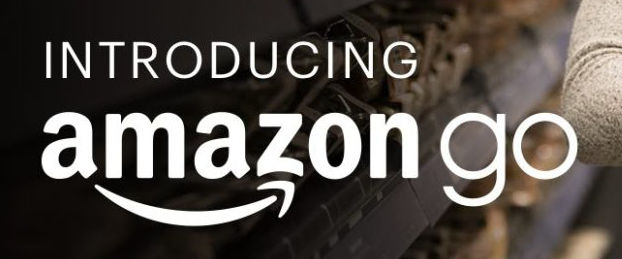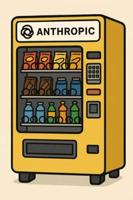It has been over five years since Amazon opened its cashierless stores to the public. I reported on this event on my blog with great enthusiasm:
I am, to put it simply, thrilled and excited about this new venture. This is innovation at its finest where computer vision is playing a central role.
Me in 2018
I thought I would return to this initiative of Amazon’s in my latest post to see how things are going and whether what I got excited about has made an impact around the world and also whether there is hope for it in the future. Because cashierless stores running on a Computer Vision engine is still something to get excited about – in my opinion, anyway.
(For a summary of what Amazon Go is, how it works, and some early controversies behind it, see my original post on this topic. In a nutshell, though, Amazon Go is a cashierless convenience store: you use an Amazon app to scan on entry, pick what you want from the shelves, and just walk out when you’re done. Then, within a very short time, money is deducted from your account and a receipt is sent to your app).
Amazon Go in 2023
When Amazon opened its first store to the public in early 2018 it was proudly exclaiming that its hope was to open at least 3,000 of them in the near future.
That has not panned out as planned.
Currently there are 23 cashierless stores open in the USA and 20 in the United Kingdom (called Amazon Fresh there). That’s a total of 43 convenience stores, which isn’t bad but it’s well short of the 3,000 target set 7 years ago.
Moreover, two months ago, Amazon announced that it was closing eight of its stores based in the US, including all four in San Francisco. Hence, the total number of Amazon Go shops will soon drop to 35.
Perhaps this initiative wasn’t worth the investment and effort since targets have obviously not been met?
Let’s have a look now at the technology used behind it and how that has fared in the world.
“Just Walk Out” Technology
In 2020, two years after opening its first Go store, Amazon announced that the technology behind their cashierless stores called “Just Walk Out” will be available for sale/rent to other retailers – meaning that other companies will be able to also implement the “walk in, pick out what you want, and just walk out” idea in their stores.
How has this idea fared? Also, not as planned. Amazon bet big on this idea but the uptake has been poor.
I mean, it sounds like a great idea, doesn’t it? A seamless store experience where you can quickly get what you want and be back in your car within a few minutes. Big retailers out there with endless supplies of money would undoubtedly consider this for their stores if the technology was financially viable.
This seems to be the crux of the problem, however. A few dozen small retail shops have installed the technology (including a few Starbucks) but nothing to create worldwide headlines. Apparently, the technology is expensive to install (shops need to be littered with cameras and various other sensors) and then calibrated and configured. The whole process requires significant downtime for a store not to mention expert personnel to keep the thing running once it’s installed.
More Controversies
When the first Amazon Go store opened, controversy surrounded it, as I reported in my first post on this topic. Unfortunately, new controversies surrounding this whole business enterprise have also since emerged.
In 2019 San Francisco, New Jersey, and Philadelphia banned cashless stores in their areas. The idea was that these stores were allegedly discriminating against low-income people who may not have access to mobile phones or even bank accounts. Hence, Amazon Go stores were inaccessible to them. This sounds fair but that was a big blow for Amazon and in response they had to open stores that also accepted cash as payment.
A checkout-less store that is forced to accept cash as payment kind of goes against the “Just Walk Out” philosophy around which the whole product is built. These stores are no longer cashierless, so to speak.
Perhaps this is why Amazon decided this year to shut all four of their stores in San Francisco?
Conclusion
A convenience store that you can simply walk in and out of at your leisure is impressive, to say the least. It feels like something from the future, doesn’t it? Despite the slow uptake and the controversies, I’m still excited by this whole venture. And it’s not as if the project has been a complete flop either. Amazon Go is expanding – a lot slower than it anticipated 5 years ago but it seems to be making a profit, nonetheless.
I hope that there is more in store (pun intended) for Computer Vision projects like this.
To be informed when new content like this is posted, subscribe to the mailing list (or subscribe to my YouTube channel!):



